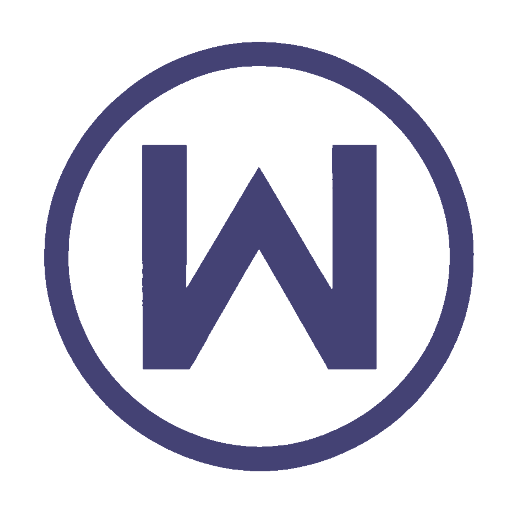Analyzing Current Global Market Research Costs
As the business world grows ever more interconnected, a nuanced understanding of global market research costs becomes indispensable. The latest ESOMAR Global Prices Study offers a deep dive into the financial landscape of market research, highlighting which countries command the highest and lowest prices and shedding light on the economic, strategic, and operational factors that shape these costs. This vital information empowers businesses to navigate the complex web of global market dynamics with precision and foresight.
Top Countries by Research Costs
In an era where every dollar counts, pinpointing where to allocate market research funds is a strategic imperative. The most recent findings from ESOMAR provide a clear map of the global terrain, delineating the costliest and most economical countries for market research. This section is designed to guide businesses in making informed decisions about where to invest their research budgets for maximum impact.
Most Expensive Countries
The latest data confirms a familiar lineup of countries where market research costs top the charts. This segment offers a breakdown of these nations, examining the factors that drive their high market research bills, such as economic stability, market saturation, and stringent regulatory requirements. For businesses active in these regions, or considering market entry, understanding these dynamics is crucial to strategic planning and budget allocation.
Rising and Falling Nations
The fluidity of global economics means that the rankings of market research costs are not static. This subsection takes a closer look at the countries that have climbed or tumbled in the rankings, analyzing the economic upheavals, policy changes, and technological advancements that have influenced these shifts. This dynamic perspective provides companies with the foresight needed to anticipate and adapt to changing conditions in real time.
Least Expensive Countries
While low-cost does not always equate to low-value, identifying where market research expenses are minimized can significantly stretch research budgets. This portion of the article catalogs the countries with the most cost-effective market research environments and explores why these areas represent a bargain, whether due to their emerging market status or underdeveloped research infrastructure. For companies aiming to maximize coverage without breaking the bank, these insights are crucial.
This section establishes a comprehensive overview of the current state of global market research costs, providing companies with the detailed insights needed to optimize their market research investments. It not only informs about cost-effective strategies but also enhances understanding of the global market shifts that could influence future business decisions.
Trends in Research Methodologies
As the digital revolution continues to redefine the business landscape, market research methodologies are evolving at a breakneck pace. The growing preference for digital data collection is reshaping how companies gather and analyze consumer insights. This section delves into the current trends affecting the popularity and cost-effectiveness of various market research methods, such as online surveys, face-to-face (F2F) interviews, and Computer Assisted Telephone Interviewing (CATI). For businesses looking to stay ahead, understanding these shifts is not just beneficial—it’s essential. Stay informed about the latest market research trends and methodologies, including the increasing prominence of digital data collection, with insights from B2B panels.
Changing Preferences
The tide has turned decisively in favor of digital research methods. This shift is driven by a confluence of factors: the expansive reach and cost-efficiency of online platforms, the speed with which data can be collected and analyzed, and the growing consumer preference for digital interaction. This subsection explores how these dynamics are drawing businesses away from traditional methods like F2F and CATI, which now grapple with logistical hurdles and rising costs. Additionally, it examines the growing consumer reluctance to engage in time-consuming traditional surveys, highlighting the need for businesses to adopt more agile and user-friendly research techniques.
Cost Comparison
In market research, where every dollar must be justified, understanding the cost implications of various methodologies is critical. This segment breaks down the costs associated with traditional versus digital methods, providing a clear comparison of their financial impact. Traditional methods, such as F2F and CATI, often involve significant expenditures for travel, personnel, and processing, while online methods typically require less overhead and can yield faster results at a fraction of the cost. This detailed cost analysis is invaluable for businesses aiming to maximize their research budgets without compromising the quality and depth of their insights.
Impact on Market Strategies
The evolution of research methodologies is not just a technical change—it’s profoundly strategic. This discussion focuses on how the shift towards digital methods is influencing business strategies across various industries. With online methods, companies can conduct broader and more frequent research campaigns, adapt quickly to market changes, and make data-driven decisions with greater confidence. Conversely, the targeted depth provided by F2F and CATI remains crucial for in-depth consumer studies and niche markets. By strategically selecting the right tools for each research objective, companies can not only save costs but also gain a sharper competitive edge.
In conclusion, the transformation in market research methodologies is more than just a trend—it’s a fundamental shift that companies must embrace to thrive in a digital-first world. By integrating these modern approaches into their market research strategies, businesses can leverage powerful insights to drive growth and innovation, ensuring their relevance in an ever-evolving marketplace.
